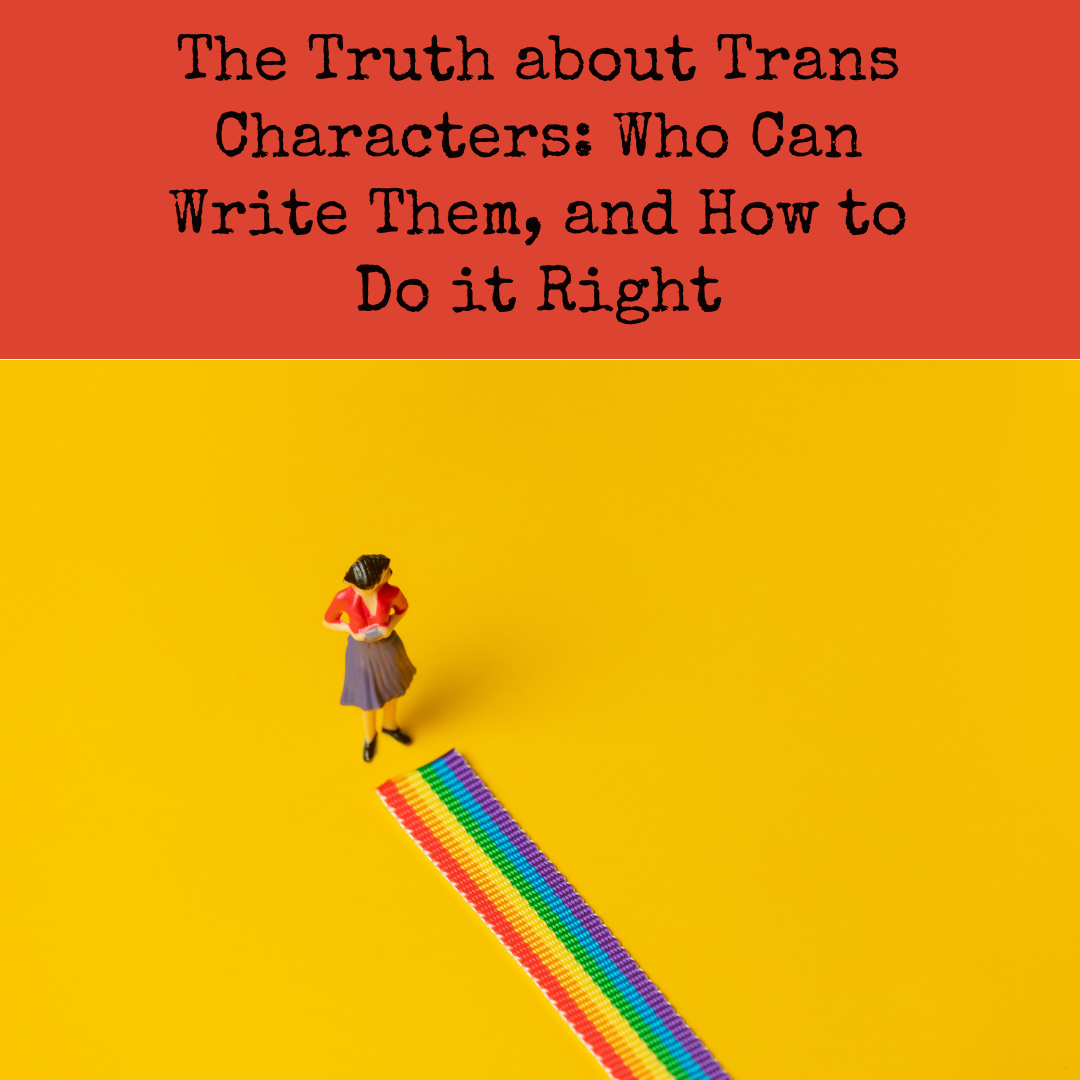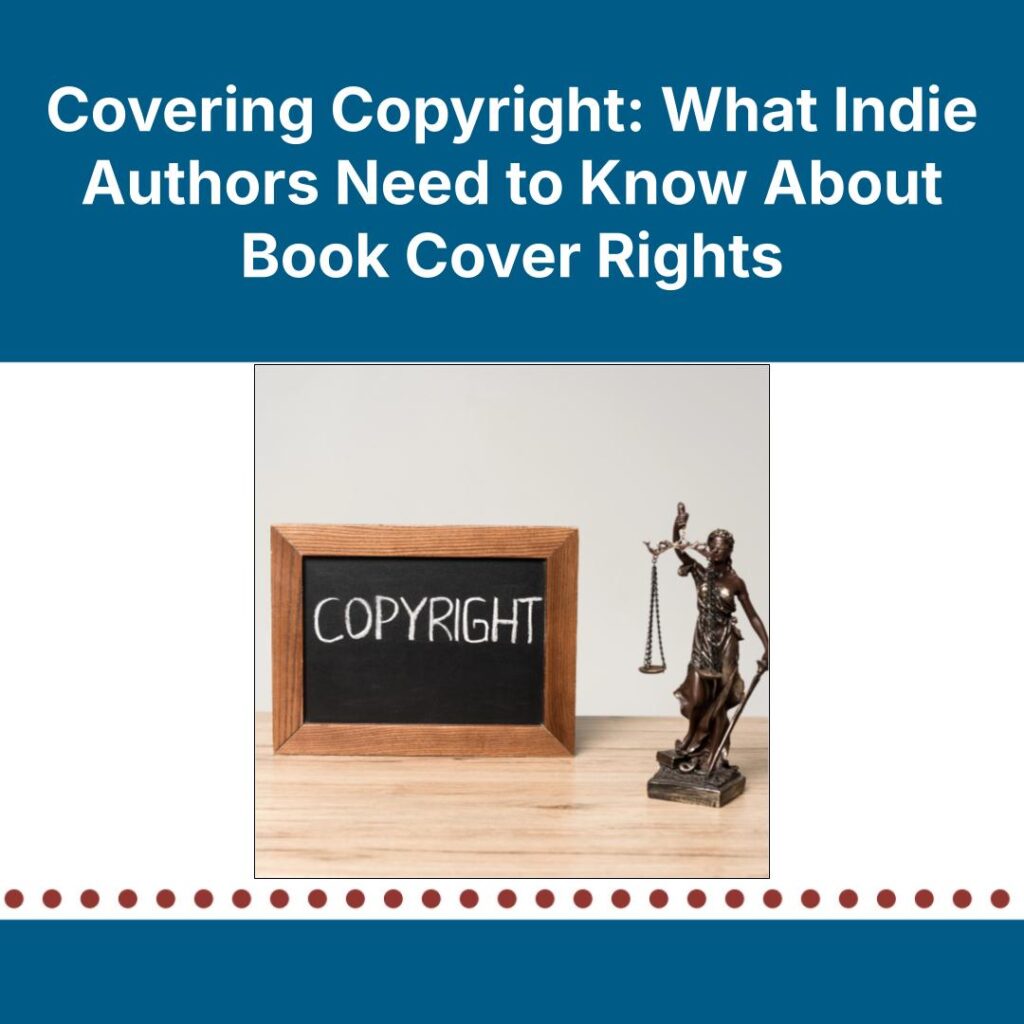Should You Write a Transgender Character If You Don’t Identify the Same Way?
In 2017, the Cooperative Children’s Book Center included LGBTQ+ content in its diversity data collection for the first time. Of the approximately 3,700 books it received that year, only 136 had significant LGBTQ+ content. Of this, four books had a trans primary character. Yet in 2022, there were around 1.6 million Americans who identified as transgender, according to data published by the UCLA. That doesn’t seem very representative, does it?
The first fictional work including trans stories is generally held to be Metamorphoses by Ovid, so there’s no excuse for modern day writers not to include transgender people in their works. Or is there? Cisgender people, or those who identify as the sex they were assigned at birth, might worry that they don’t have the knowledge and experience needed to write a character whose body doesn’t represent their real gender. These anxieties are valid, but if authors never wrote outside of their experience, we’d probably not have fiction at all.
So is it okay for cisgender writers to write trans characters? For trans author Ela Bambust, it’s not only okay; it’s important for them to do so. “Maybe don’t make them [a trans character] the main character without co-writing with a trans person, because you’re likely to get a lot about the lived experiences wrong if you don’t,” she writes, “but trans people are a part of life and they deserve to be present in cis-created media.”
Your character’s transness should add to their identity—just having a character who explicitly introduces themself as trans helps no one, Bambust writes. “Instead, just have a character who others refer to with they/them, someone who’s trying a new name, or whose core theme is already transformative and a bit transgressive.”
How can cis writers sensitively research trans characters?
Conversations with actual trans folk about their lives and experiences are the best way to write realistic trans characters. Talk to trans people first, before you even start writing your story ideally, though using the internet is a valid way to look up information too. Websites such as The National Center for Transgender Equality and the Gay & Lesbian Alliance Against Defamation’s (GLAAD) transgender resources are good places to start. Make time for trans beta readers or sensitivity readers at the end of your writing process as well, so you can avoid accidentally upsetting your readers with any stereotypes and tropes you might not recognize are problematic, such as the sexually aggressive trans person or the trans person who only exists to be a point of crisis for a story.
What genres allow for trans characters’ stories?
Transgender characters can fit into any genre, but Bambust says she’d especially like to see more trans characters in Sci-Fi, Fantasy, and Romantic Comedy, especially in roles that don’t focus on them being rejected by friends and families, on their surgeries, or on triggering topics like suicide. A lot of fiction revolves around the challenges and hardships of being trans, but that is only a fraction of their experiences. Avoid using a character’s transness as the only conflict point in your writing, and balance out these moments with joy-filled happenings too.
Bambust’s biggest piece of advice to cis writers is to represent a community and not just a single person.
“A single trans woman in a cast of cis people is extremely unrealistic. Trans people flock together,” she writes. “If you have just the one, that token character has to be the face of the community, and it forces you to either make them as bland as possible to avoid stereotypes—in which case, why make them trans for any reason other than tokenisation? Or you have to make them a programmer with knee-high socks and a blåhaj [a toy sold by IKEA that’s become a recognized symbol in the LGBTQ+ community] who has two girlfriends and blue hair and a nose piercing so people can definitely know she’s trans.”
She continues, “Having several trans characters allows you to acknowledge the trans community as a community, and allow for a degree of subtlety in their characterisations.”
Don’t let your concerns hold you back from writing the fiction you want to write, ask questions, and be sensitive to the communities you’re representing in your writing. Most of all, embrace the fact that your cis-centric view of the world isn’t the only one, and you’ll be on your way to writing trans stories that every reader will love.











